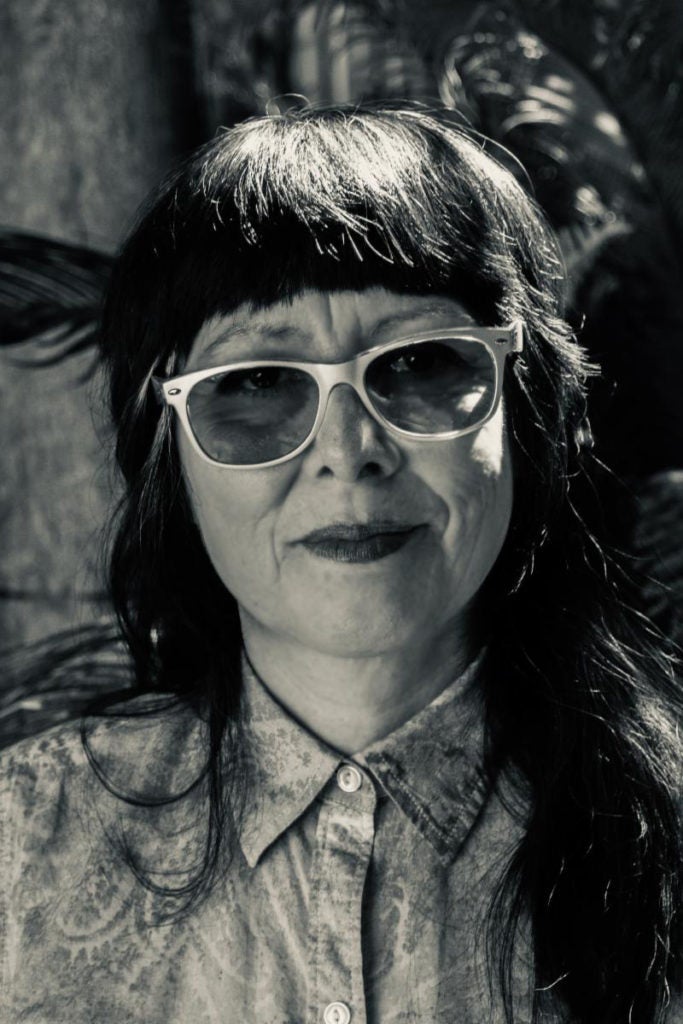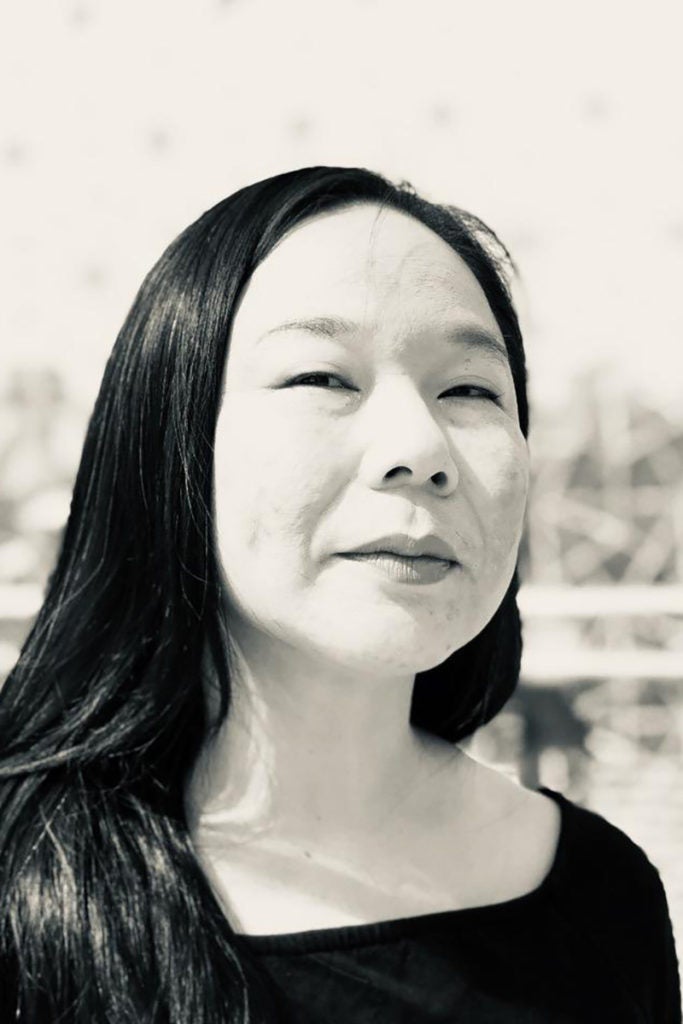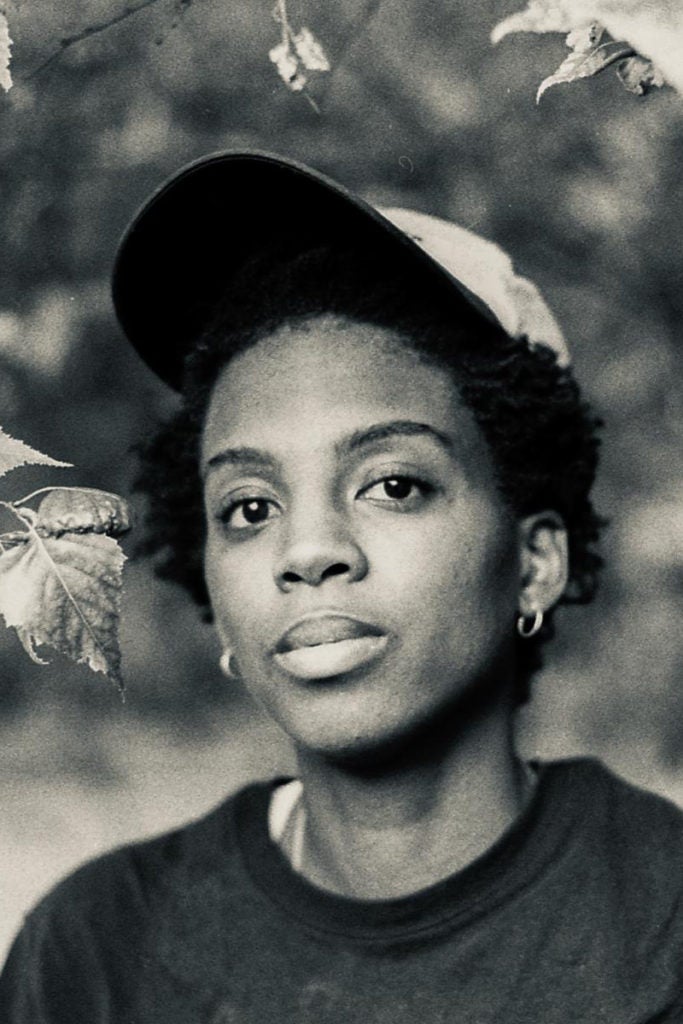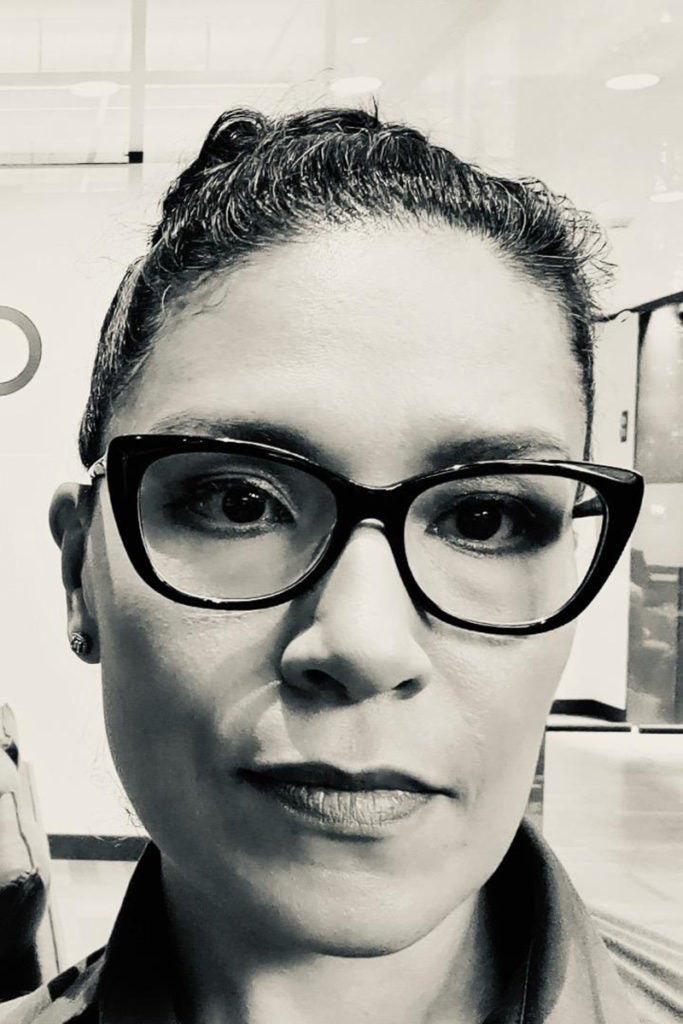Artist fellows explore the intersections between race, history, the environment and community through visual activism
Stanford Center for Comparative Studies in Race and Ethnicity supports the artists’ research-based practice that involves local, national and transnational issues.
The inaugural 2021 Mellon Arts Non-Resident Practitioner Fellowship cohort at the Center for Comparative Studies in Race and Ethnicity (CCSRE) is an interdisciplinary collective of four visual activists of color who engage with multiple mediums – including film, poetry, photography and archival materials – to engage with race, ethnicity and indigeneity. Their projects tell stories of fortitude in the face of trauma and demonstrate important connections between individual and community experiences, histories and healing.
The four CCSRE Mellon Arts Fellows are Sandra de la Loza, Latipa, cai thomas and Mary Valverde. They will be a part of the Stanford community throughout the spring quarter.
Asked about the significance of being among a cohort of artists with CCSRE, thomas reflected, “I’ve always been interested in work that speaks to me and folks that look like me. I create work that affirms my identity because as a child I never saw holistic representations of who I was to become. I want to create work that affirms my existence as a young Black Lesbian woman. I think we are all striving to make work for the past and future versions of ourselves. We are creating work with intention and care.”
Valverde agreed stating, “These other artist fellows inspire me to consider a variety of ways in which the subject of race, ethnicity and indigeneity can be presented through different creative genres and be impactful. I look forward to learning more about their art practice and seeing our projects come to fruition.”
CCSRE is organizing programs to present the artists’ projects during this quarter as well as in the fall. A virtual showcase with all four Mellon Arts Fellows is scheduled for June 11. Details of the event will be forthcoming.
“Each of these brilliant artists attends to the transformation of the environment from an indigenous perspective, allowing us to engage the world anew and understand that racial matter imbues every space with meaning,” said Jennifer DeVere Brody, director of CCSRE. “We look forward to sharing the artists’ projects with the Stanford community in the coming months.”
CCSRE’s Mellon Arts Practitioner Fellowship is part of the Centering Race Consortium, a collaboration between race-focused centers at Brown, Chicago, Stanford and Yale and supported by the Mellon Foundation.
Artists profiles and project descriptions follow:
Sandra de la Loza is a Los Angeles artist who investigates underlying power dynamics embedded in social space through multi-media installations. Her fellowship project, Our Past is Our Future: Archival Glimpses of Abolitionist Futures, explores the reclamation of three sites in the L.A. area that were formerly prisons. de la Loza is currently gathering research materials on the former site of Lincoln Heights prison, established in the 1920s. Utilizing a collection of photographs and archival material, de la Loza has begun creating a lightbox to tell the story of this reclaimed site, which now fosters community empowerment through radical, transnational art at the Aztlán Cultural Arts Foundation, established in the early 1990s.
Latipa (born Michelle Dizon) explores memory to reflect on historical dispossession and migration. In the wake of the killing of six women of Asian descent in Atlanta last month, Latipa is writing a book, entitled A Refractive Index of Femicide, centering on Asian femmes and the intergenerational passage of colonial gender violence. Her work begins with a reflection on an image of Latipa’s mother from the mid-1970s in the Philippines and links personal trauma to the transnational epidemic of femicide including the murder of Jennifer Laude, a Filipina trans-woman by an American soldier, Lourdes Portillo’s attempt to document the missing women of Ciudad Juarez in her film Señorita Extraviada, and the silence in the humanities around the rape and murder of artist Theresa Hak Kyung Cha.
cai thomas is an observational documentary filmmaker and tells stories about Black youth and elders at the intersection of location, self-determination and identity. Her film project, Change the Name, tells the story of a Chicago neighborhood’s journey, which organized to change the name of a park named after a slave owner located in Chicago’s North Lawndale neighborhood. The protagonists are young Black freedom fighters and the community that builds around them. Thomas’ footage captures intimate moments during organizing meetings and educational youth programming. Currently in post-production, Change the Name will premiere in fall 2021.
Mary Valverde (born in Queens, New York) is an interdisciplinary artist based in New York. During her fellowship with CCSRE, she is creating a “Huaca” installation as an addition to a series inspired by pre-Columbian designs and motifs inside Huaca structures. A Huaca is an object that represents something revered such as a monument or a natural location. Valverde is currently creating color and material studies for the work, sketching designs for the overall composition of the piece and testing colors and materials to ensure the piece will hold its shape and structure. The work will mark past and future points for cultural intersection and reflection between First Nations American Indian People, Indigenous Latinx people and their collective histories.



